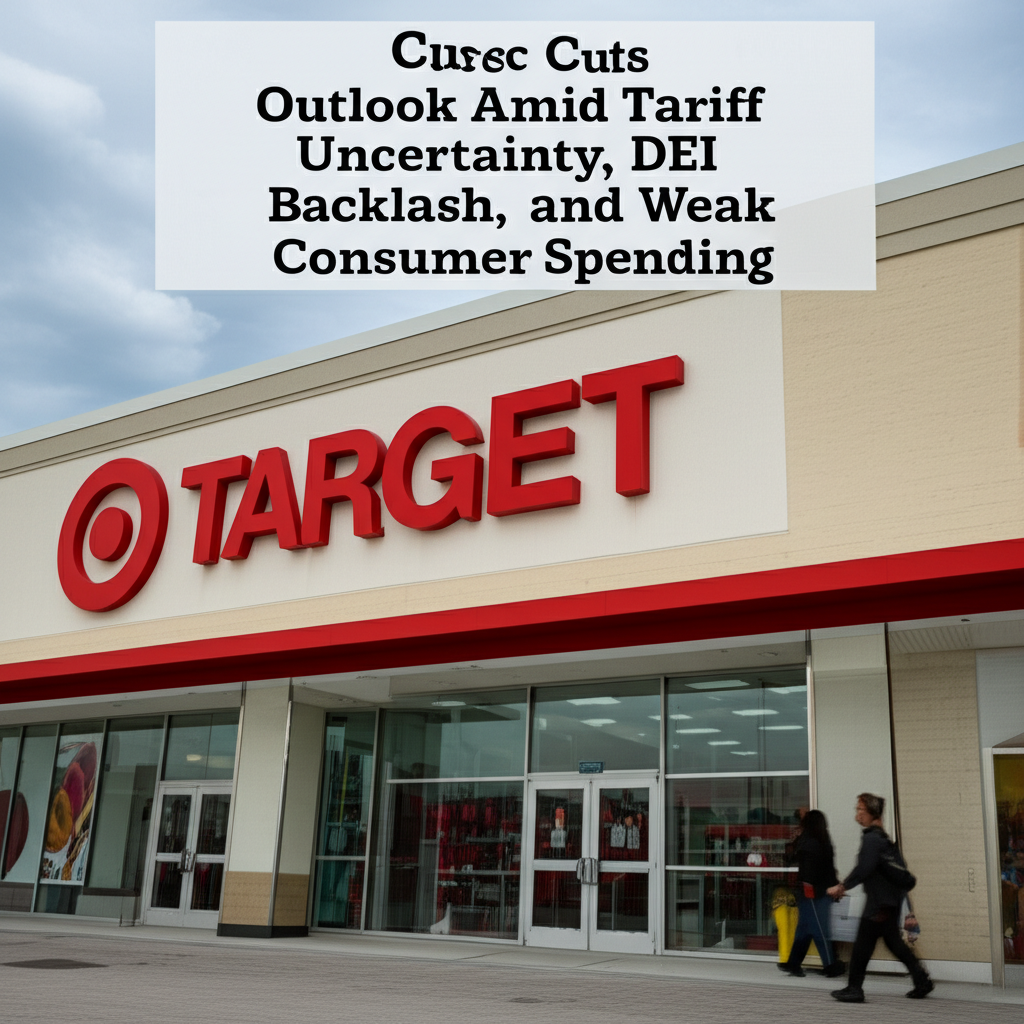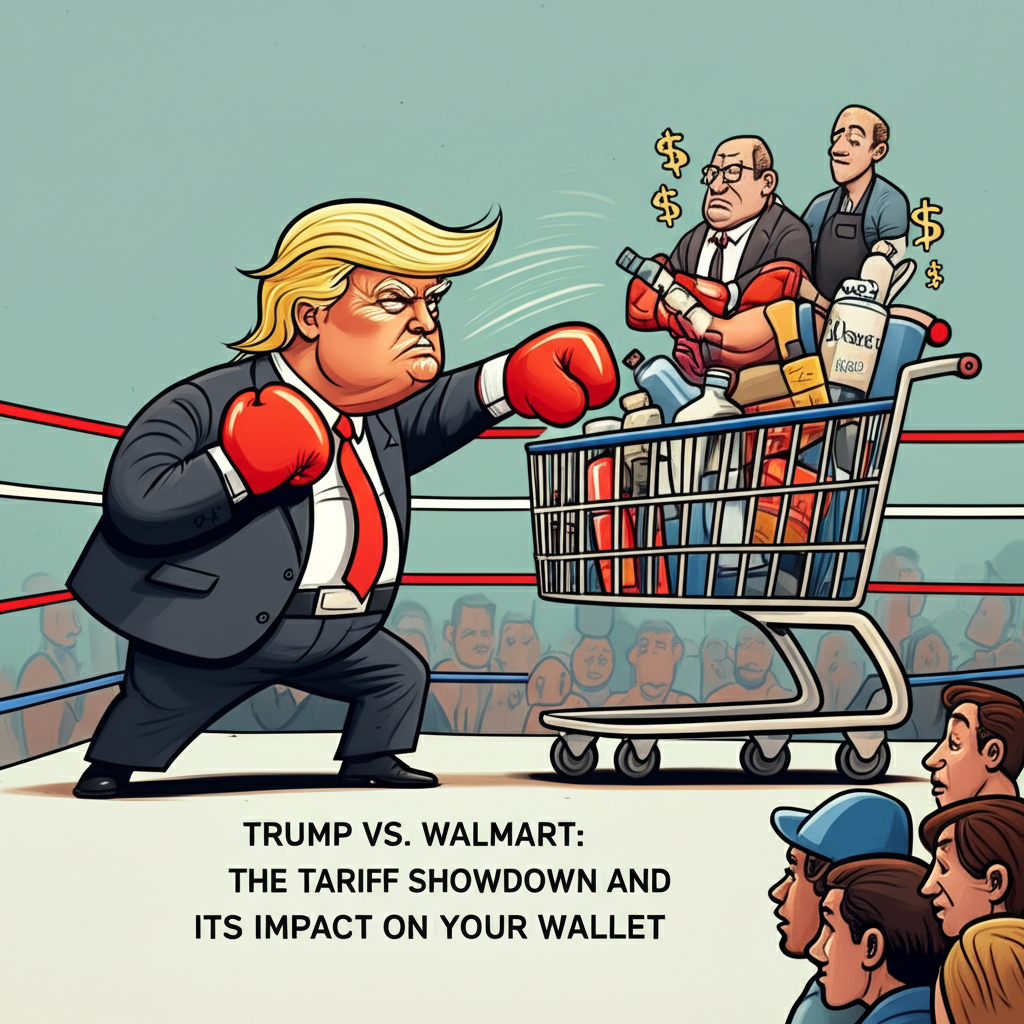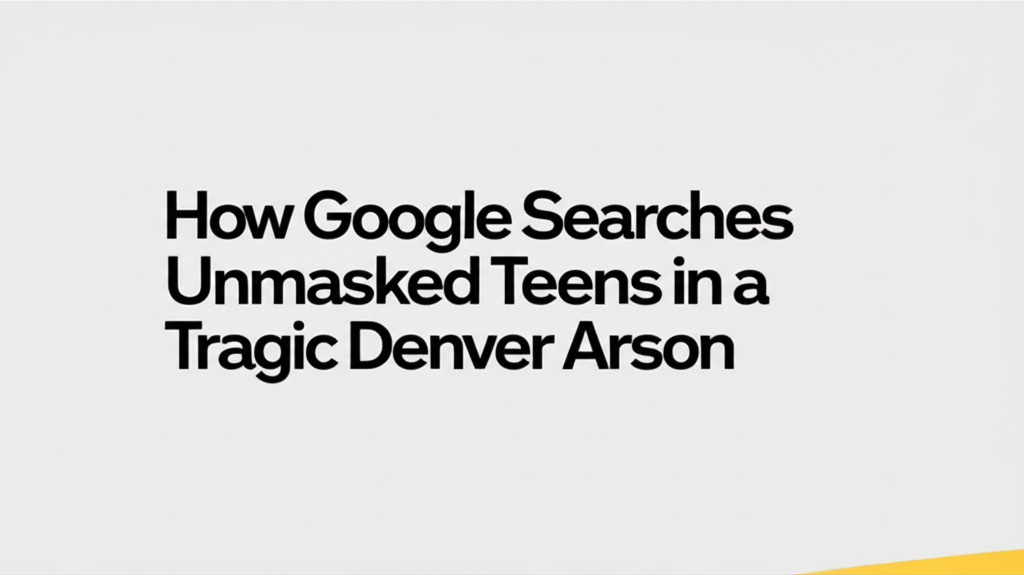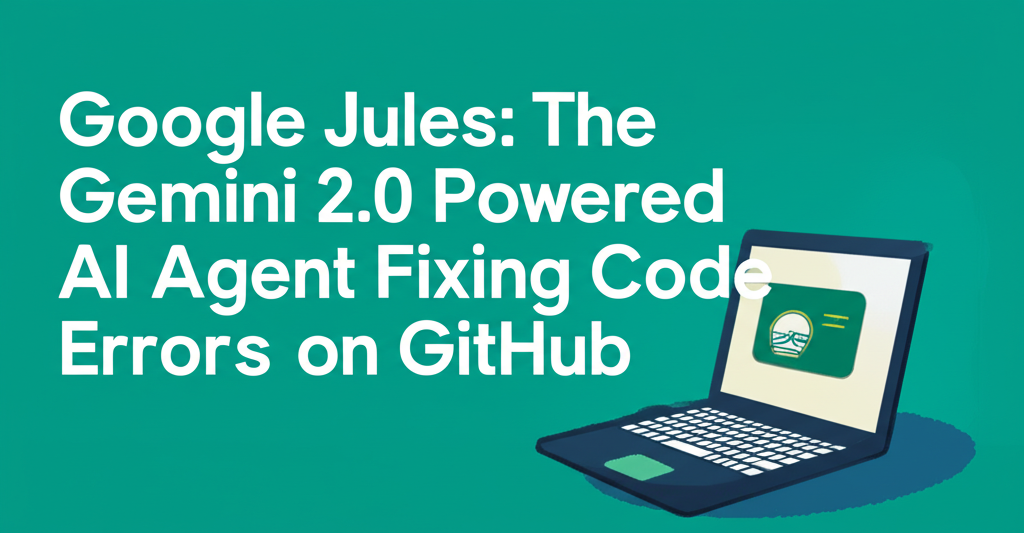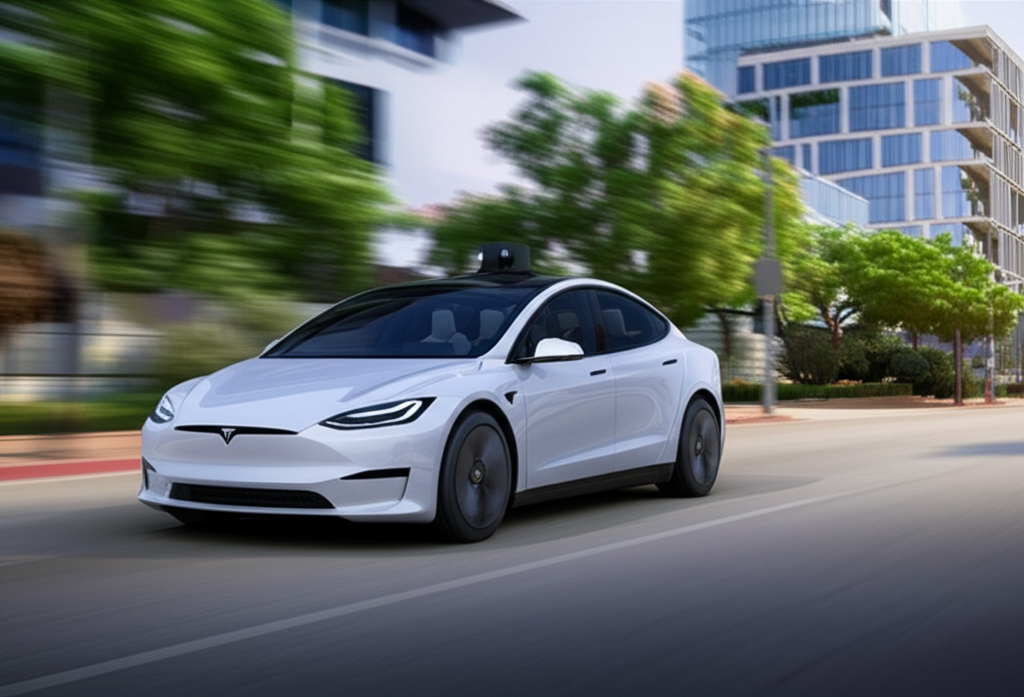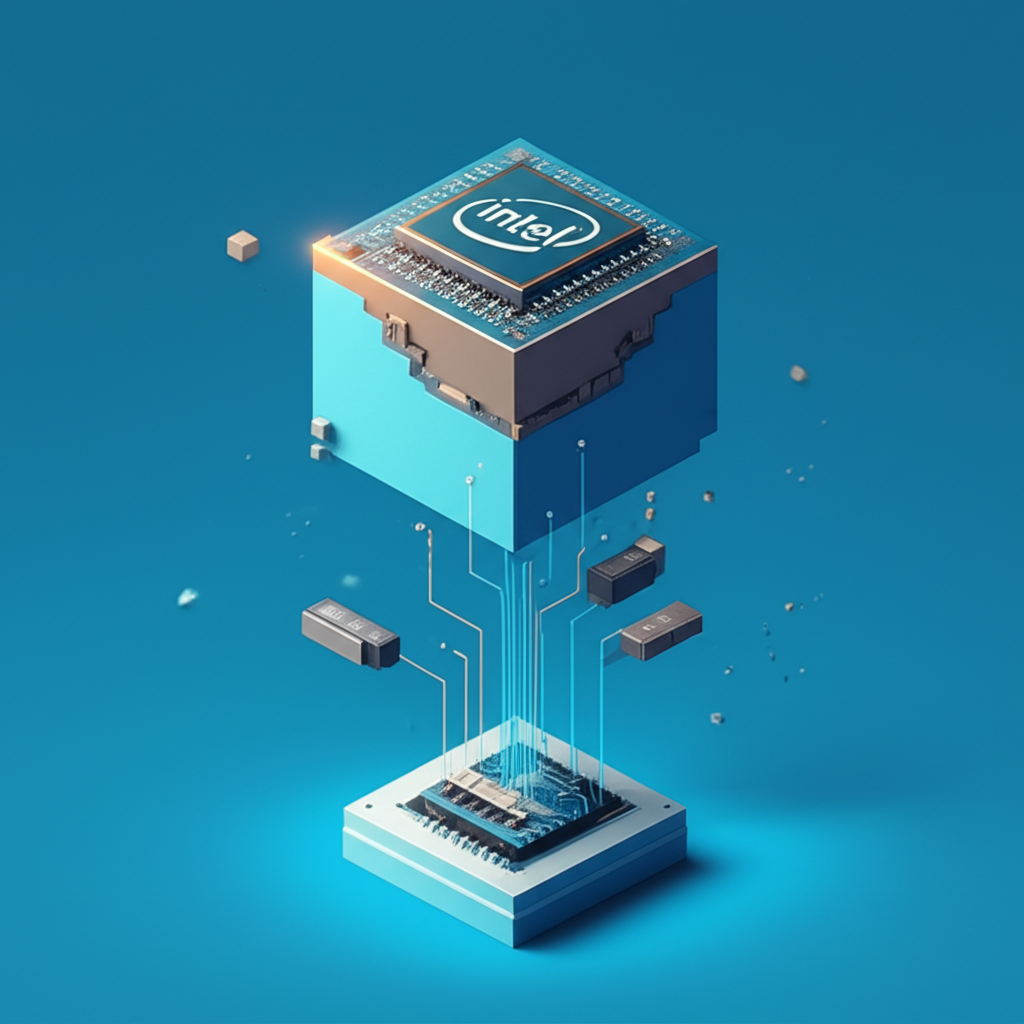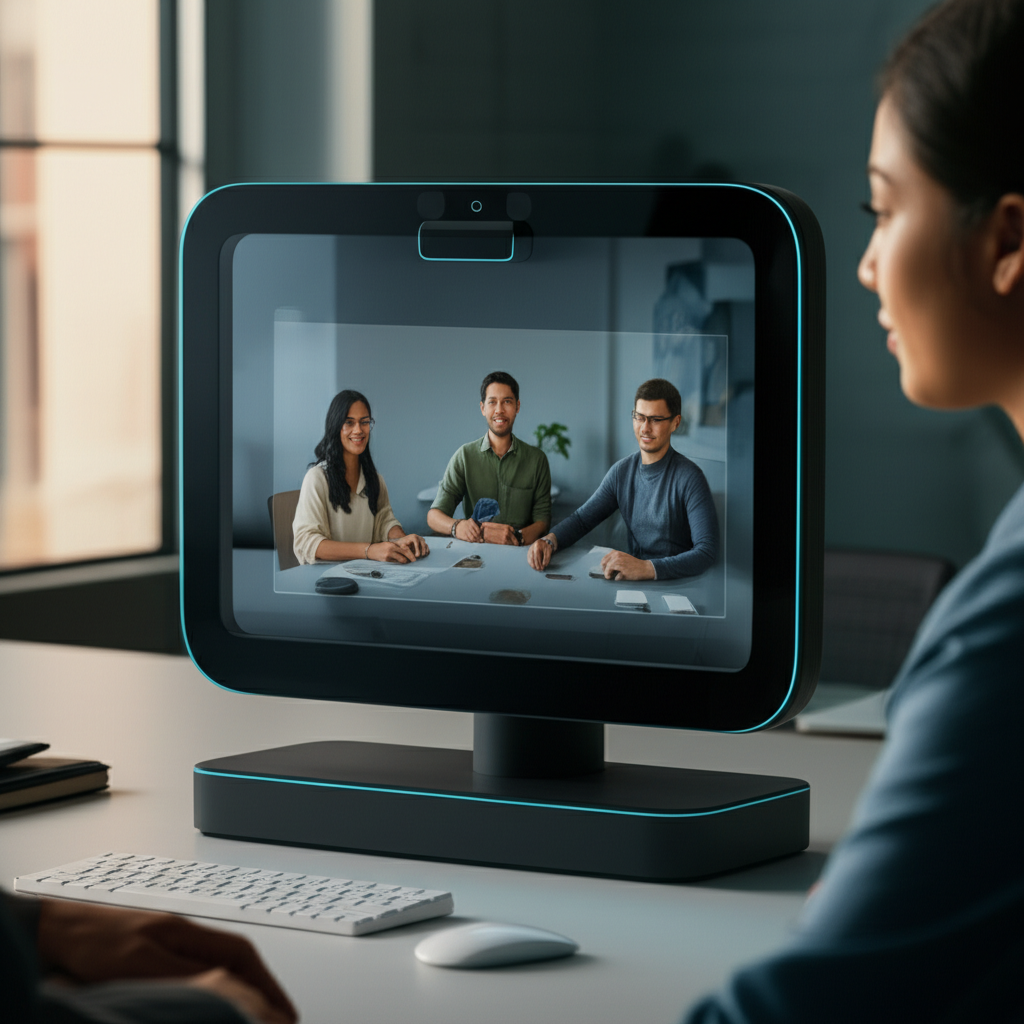Tesla's Cautious Entry into the Robotaxi Arena: Geofencing and 'Paranoid' Deployment in Austin
For years, the promise of a Tesla robotaxi service has been a cornerstone of Elon Musk's vision for the company, often cited as a key driver of future value and a testament to the capabilities of its Full Self-Driving (FSD) software. This ambitious goal has fueled both fervent belief among supporters and considerable skepticism among critics, particularly given the extended timelines and the evolving nature of FSD's capabilities. Now, that long-anticipated future is set to take a tangible, albeit limited, first step.
Tesla is preparing to launch its inaugural robotaxi tests in Austin, Texas, as early as next month. However, the initial phase of this deployment will not be the unrestricted, 'anywhere' autonomy that Musk has often described. Instead, it will be confined to specific, predefined geographical zones – a strategy known as geofencing – that the company has identified as "the safest" areas for operation.
A Strategic Pivot: Embracing Geofencing for Initial Deployment
This decision to employ geofencing represents a notable strategic shift for Tesla, or at least for the initial public rollout of its robotaxi service. For years, Musk has championed a vision of a single, unified FSD software stack capable of navigating any road, anywhere, without human intervention. The idea was that once the software reached a certain level of maturity, it could be deployed broadly, turning millions of existing Tesla vehicles into potential robotaxis via a software update.
The reality of developing true Level 4 or Level 5 autonomous driving – systems capable of handling all driving tasks under specific or all conditions, respectively – has proven immensely complex. Navigating the unpredictable chaos of urban environments, with their myriad of pedestrians, cyclists, construction zones, and erratic human drivers, presents challenges far exceeding highway driving or simpler, controlled environments.
Geofencing allows autonomous vehicle companies to mitigate some of this complexity by limiting operations to areas where the mapping data is highly detailed, the environmental conditions are well-understood, and potential hazards can be anticipated or are less frequent. This controlled environment provides a safer testing ground and a more predictable operational domain for early commercial services.
Musk himself acknowledged this cautious approach in a recent interview, stating that Tesla's robotaxis would be "extremely paranoid about the deployment." He elaborated that the cars would "not going to take intersections unless we are highly confident [they're] going to do well with that intersection, or it'll just take a route around that intersection." This highlights one of the primary reasons for geofencing: intersections are notoriously difficult for autonomous systems.
The Intersection Challenge: Why AVs Struggle Where Humans Adapt
Intersections are dynamic, complex environments that require split-second decision-making based on a vast array of sensory inputs and the ability to predict the behavior of other road users. Consider the challenges:
- Varied Traffic Control: Stop signs, traffic lights (with complex phasing), yield signs, uncontrolled intersections, and the need to interpret temporary signals or human flaggers.
- Pedestrians and Cyclists: Often appearing unexpectedly, crossing against signals, or moving in unpredictable patterns. AVs must detect them, predict their paths, and yield appropriately.
- Other Vehicles: Drivers running red lights, making illegal turns, sudden lane changes, or aggressive maneuvers. Predicting human intent is a significant hurdle.
- Complex Maneuvers: Left turns across oncoming traffic are particularly difficult, requiring precise timing and judgment of gaps.
- Environmental Factors: Glare, rain, fog, snow, and poor lighting can obscure sensors and cameras, making detection and classification harder.
- Edge Cases: Unusual scenarios like emergency vehicles, stalled cars, or unexpected obstacles require robust perception and planning capabilities.
Human drivers navigate these complexities using a combination of learned rules, intuition, prediction based on subtle cues, and the ability to communicate (sometimes non-verbally) with other road users. Replicating this nuanced understanding in software is a monumental task. By initially avoiding the most challenging intersections or routing around them within a geofenced area, Tesla can reduce the operational design domain (ODD) complexity and increase the likelihood of successful, safe trips during the early testing phase.
Remote Monitoring: A Safety Net for Unsupervised Operations
As part of this "paranoid" approach, Musk confirmed that the initial fleet of approximately 10 Model Y SUVs participating in the Austin trial will be remotely monitored by Tesla employees. Crucially, Musk also stated that these vehicles would be operating without a safety operator present inside the car.
Operating autonomous vehicles without a human safety driver is a critical step towards a true robotaxi service. However, it significantly raises the stakes regarding system reliability and the ability to handle unforeseen situations. Remote monitoring provides a layer of oversight, allowing human operators to observe the vehicle's behavior, identify potential issues, and potentially provide guidance or intervention if the autonomous system encounters a scenario it cannot safely resolve.
This practice is not unique to Tesla. Other companies with operational robotaxi services, such as Waymo (an Alphabet subsidiary), also utilize remote assistance centers. Waymo has publicly discussed its "Fleet Response" team, which monitors vehicles and can provide help when a vehicle is 'stuck' or uncertain how to proceed. However, Waymo emphasizes that their remote operators do not take direct control of the vehicle. Instead, they interact with the autonomous system, providing context or confirming interpretations to help the vehicle make its own safe decision. The exact nature of Tesla's remote monitoring capabilities and intervention methods remains to be fully detailed, but the principle of human oversight from a distance is a common safety protocol in early unsupervised deployments.
Musk framed the limited scale and cautious approach as prudent. "I think it's prudent for us to start with a small number, confirm that things are going well, and then scale it up proportionate to how well we see it's doing," he said. This iterative approach, starting small and expanding based on performance and safety data, is standard practice in the autonomous vehicle industry.
The Path to a Scalable Robotaxi Service
The Austin trial, even with its limitations, is a significant milestone for Tesla's autonomous driving program. It moves FSD beyond being a driver-assist system (albeit a highly advanced one) that requires constant human supervision to a system operating, at least in specific conditions and locations, without a human in the driver's seat.
However, transitioning from a small, geofenced test fleet to a large-scale, commercially viable robotaxi service across multiple cities involves overcoming numerous technical, regulatory, and logistical hurdles:
- Scaling Autonomy: Expanding operations beyond the initial geofence requires the FSD system to reliably handle an ever-increasing variety of complex scenarios and environments.
- Regulatory Approval: Deploying robotaxis without safety drivers requires obtaining permits and approvals from local, state, and potentially federal authorities, which often have stringent safety requirements.
- Public Trust and Acceptance: Accidents or incidents, even minor ones, can severely impact public perception and trust in autonomous technology. Maintaining a flawless safety record during testing is paramount.
- Fleet Management and Maintenance: Operating a large fleet of robotaxis requires robust infrastructure for charging, maintenance, cleaning, and remote support.
- Economic Viability: The service must be economically competitive with existing transportation options, which depends on operational efficiency, utilization rates, and the cost of technology and maintenance.
Tesla's approach differs from many competitors who have built dedicated robotaxi fleets with specialized sensor suites and redundant systems designed specifically for autonomous operation. Tesla's strategy relies on its existing production vehicles equipped with cameras (and previously radar/ultrasonic sensors, though these have been phased out in favor of 'vision-only' FSD). The success of the robotaxi service hinges on whether the FSD software, running on this hardware platform, can achieve the necessary level of safety and reliability for unsupervised operation at scale.
Musk indicated that Tesla intends to launch similar trials in California and potentially other states later in the year, suggesting a phased expansion plan. The data gathered from the Austin deployment will be crucial in informing these future rollouts, helping Tesla refine the FSD software, identify operational challenges, and demonstrate safety performance to regulators and the public.
The Long Road Ahead
The announcement of the geofenced Austin test is a pragmatic step for Tesla, acknowledging the complexities of real-world autonomous deployment. It signals a move towards a more conventional, phased approach seen across the industry, rather than an immediate, widespread 'flip the switch' activation of robotaxi capabilities.
While the initial scope is limited, the Austin trial represents Tesla's formal entry into the operational robotaxi space, putting its FSD technology to the test in a real-world, unsupervised environment – albeit a carefully selected and monitored one. The success of this initial phase, measured by safety performance and operational reliability, will be a critical indicator of Tesla's progress towards its long-term autonomous vehicle ambitions and will be closely watched by the industry, regulators, and investors alike. The road to truly ubiquitous, safe, and profitable robotaxis remains long, but Tesla is now taking a concrete, cautious step onto that path.


